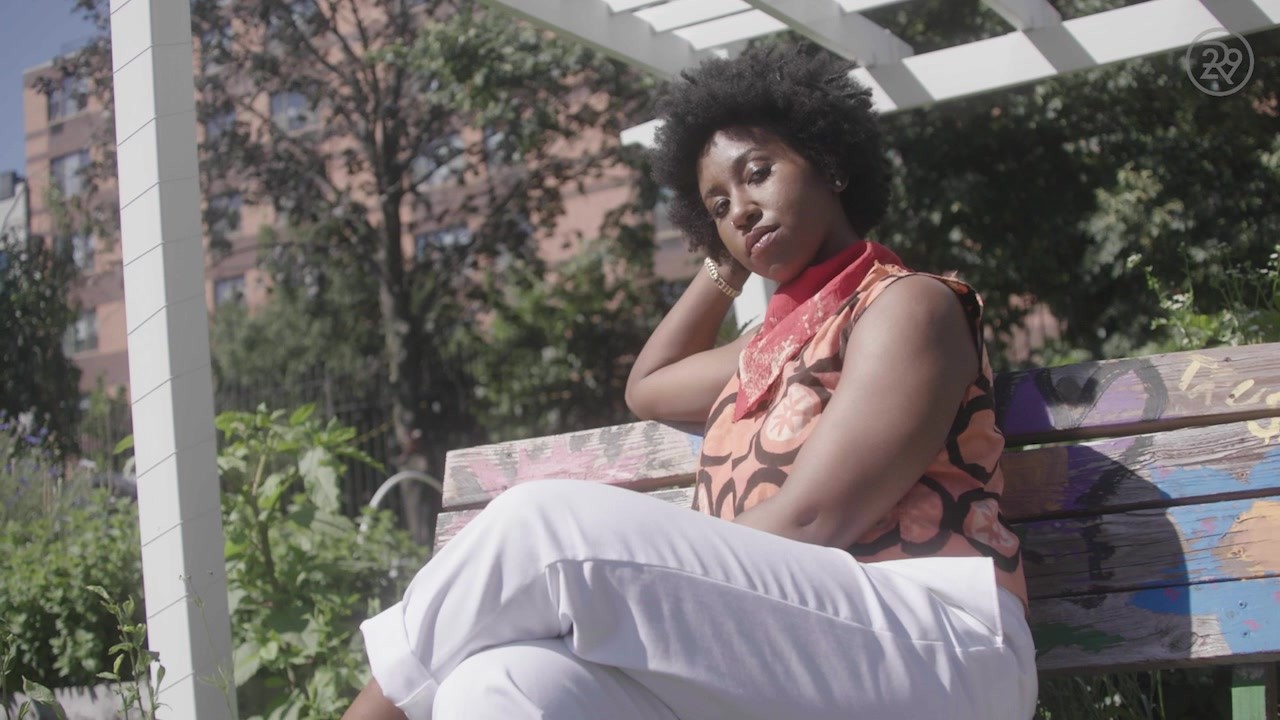The latest viral tree-planting trend is a reminder that tree-planting efforts have little oversight. Photos by author and Getty.
Tipping Point covers environmental justice stories about and, where possible, written by people in the communities experiencing the stark reality of our changing planet.
Advertisement
Advertisement
Advertisement
Advertisement

Advertisement
Advertisement

